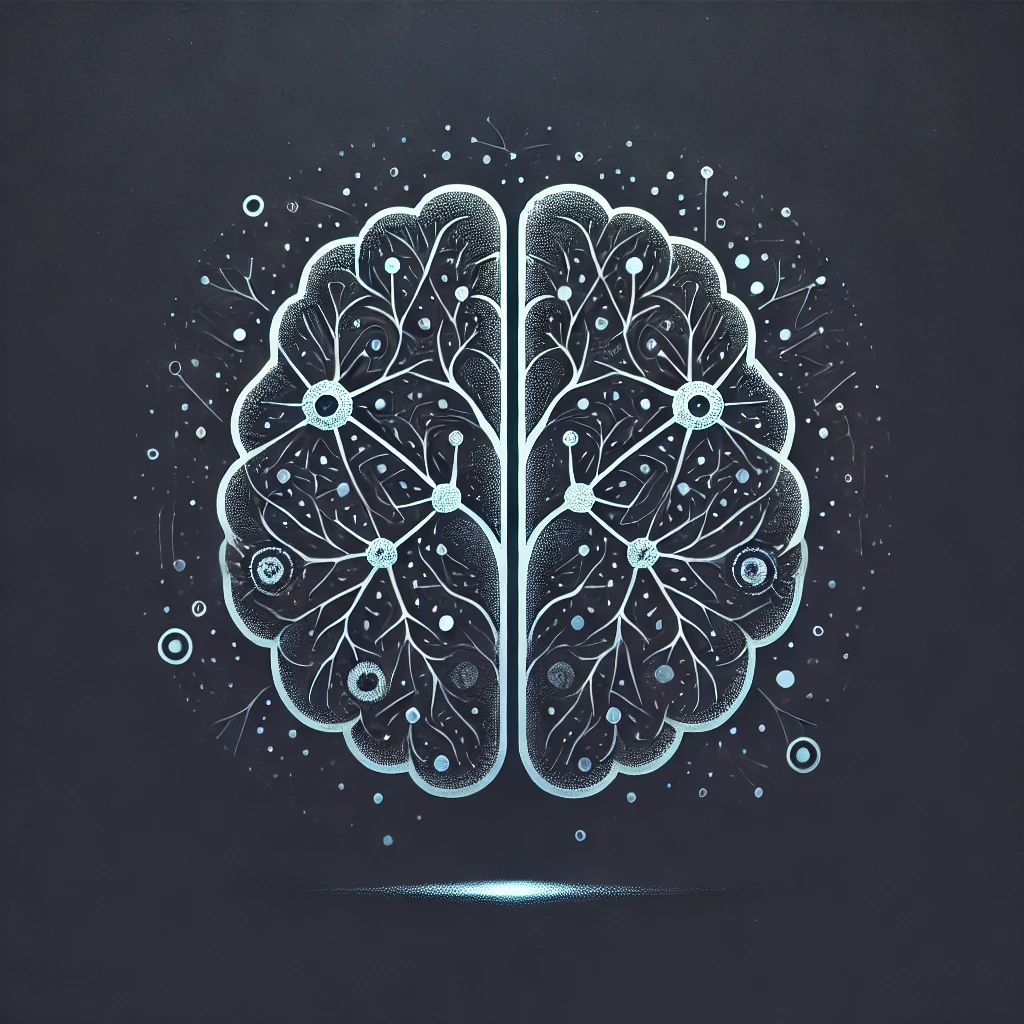
Avoiding falls with Parkinson’s disease
This article discusses the effects of Parkinson’s on balance and offers practical advice on how to avoid falls and maintain mobility.
A detailed description of the most common motor symptoms of Parkinson’s, such as tremors, muscle stiffness, bradykinesia and postural instability.
Parkinson’s disease is a complex neurodegenerative disease that causes a variety of symptoms. One of the main characteristics are the motor symptoms, which can have a significant impact on the daily lives of those affected. These symptoms are usually the first to become noticeable and are often associated with the disease. This article explains the most common motor symptoms of Parkinson’s in detail, including shaking, stiffness (rigor) and slowed movements (bradykinesia). We also look at how these symptoms can be diagnosed and treated and share some personal experiences and observations.
Tremor or tremor is one of the best-known symptoms of Parkinson’s disease. It usually occurs at rest, which is why it is referred to as “resting tremor”. The tremor often starts in a hand or arm and spreads to other parts of the body over time, including the legs, chin and even the tongue. The tremor is often described as a “pill rolling motion”, as it looks like the thumb and index finger gently rolling a pill back and forth.
The tremor is usually the first symptom that patients notice and it occurs when the muscles are relaxed. As soon as the affected person begins to perform a movement, the tremor often disappears or becomes less pronounced. The tremor can worsen under stress or excitement, which can be distressing for those affected.
In my work, I have met many people who report that tremor was the first sign that prompted them to see a doctor. Some said that they initially put it down to stress or nervousness, until the tremor also appeared in relaxed moments. It is fascinating how differently this tremor can manifest itself – in some people it is barely noticeable, while in others it is very noticeable.
Tremor is one of the symptoms that can be treated well with medication such as Levodopa. In more advanced cases, deep brain stimulation (DBS) can also be considered to control the tremor. However, not all patients respond equally well to these treatments and there may be individual differences in effectiveness.
Muscle stiffness or rigor is another key symptom of Parkinson’s disease. It refers to increased muscle tension that makes it difficult to move freely. This stiffness can occur in the arms, legs, neck or back and often causes pain or discomfort. People with Parkinson’s often describe the feeling that their muscles are constantly tense, even when they are not actively moving.
The stiffness of the muscles often makes everyday tasks such as walking, grasping objects or lifting arms more difficult. Patients often report that they have difficulty performing spontaneous or fluid movements. The feeling of stiffness can increase throughout the day and lead to a significant restriction of mobility.
A friend of mine who has Parkinson’s told me that the feeling of stiffness is one of the most frustrating symptoms. He described it as if his muscles are constantly tense, even when he tries to relax. It reminds us that the disease not only causes movement problems, but also a high level of physical discomfort.
Physiotherapy is one of the most effective methods of treating muscle stiffness. Regular stretching exercises and specific physiotherapy programmes can help to improve mobility and reduce stiffness. Medications such as levodopa can also help to relax the muscles, but they are often not as effective against rigour as they are against tremor or bradykinesia.
Bradykinesia refers to the slowing of movements and is one of the main symptoms of Parkinson’s disease. It affects the ability to initiate and perform movements, which can lead to considerable difficulties in everyday life. People with bradykinesia often feel that their movements are delayed or halting. This slowing affects not only large movements such as walking or lifting objects, but also fine motor tasks such as writing or buttoning a shirt.
Bradykinesia can make everyday life considerably more difficult. Those affected report that they need more time to complete simple tasks, such as getting up from a chair or putting on clothes. The face can also be affected by the slowdown, which is often described as a “mask-like face” – a condition in which facial expressions appear less lively.
In conversations with Parkinson’s patients, I’ve often heard that bradykinesia is one of the most frustrating symptoms. It is not only the slowing down, but also the unpredictability of the movement restrictions that makes everyday life difficult. As one patient described it: “Sometimes it feels like my body just won’t obey.” It’s amazing how this slowdown can affect so many aspects of daily life.
Drug treatment, particularly with levodopa and other dopamine agonists, can alleviate the symptoms of bradykinesia. Regular exercise and physiotherapy also play a crucial role in promoting mobility. The combination of medication and exercise therapy can often provide the greatest benefit.
Postural instability refers to difficulty maintaining balance, which often leads to falls. This symptom usually occurs in the later stages of the disease, but can also occur earlier in some patients. Postural instability is particularly dangerous as it increases the risk of injury from falls.
Patients with postural instability often have difficulty maintaining their balance when walking or standing. They tend to fall backwards (so-called retropulsion), which further increases the risk of falling. Changing direction quickly or turning on the spot can also be problematic.
A friend who suffers from Parkinson’s told me that the feeling of instability is one of the most frightening aspects of the disease. She lives in constant fear of falling, which greatly affects her confidence in her own movements. It illustrates just how much Parkinson’s can affect her sense of security.
Physiotherapy and special balance training can help to reduce the risk of falls. Walking aids or special shoes that provide more stability can also be useful. Although medications such as levodopa can only improve postural instability to a limited extent, they still play an important role in the overall control of motor symptoms.
The motor symptoms of Parkinson’s – tremors, rigidity, slowed movements and postural instability – are the main hallmarks of the disease and can have a major impact on the lives of those affected. Each of these movement disorders brings its own challenges, and the right treatment depends on the individual symptoms.
It is important to use therapeutic measures such as physiotherapy and medication at an early stage to alleviate symptoms and maintain quality of life for as long as possible. Parkinson’s may not be curable, but with targeted treatment, many of the motor impairments can be controlled so that those affected can continue to lead as active and self-determined a life as possible.
